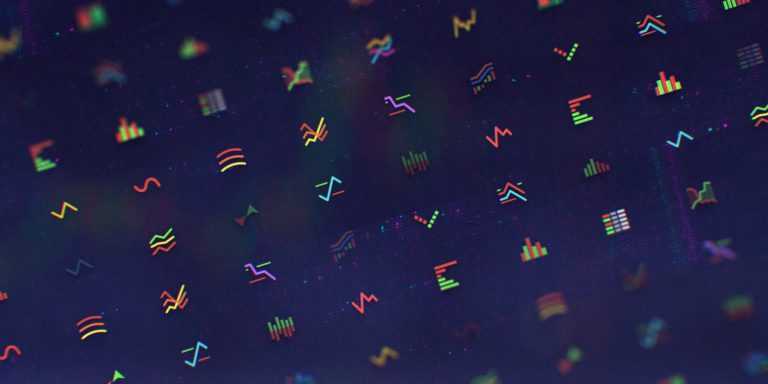The IQ Option trading platform is offering an abundance of technical analysis indicators. Choosing the right one and even understanding the difference between some of them can be a daunting task for a novice trader. This article is a short overview of all existing indicator types — and will help you grasp the distinctive features of all major categories of technical analysis indicators in no time.
But first, why do people care about indicators? Isn’t it easier to look at the price chart and make a decision based on the price alone (since every market operates based on the principle of supply and demand)? Not necessarily. Yes, it is possible to trade with no indicators at all, and this is exactly what some traders do. However, for those of you who want to get an edge against the market and see the whole picture, indicators might be the right tool to use.
As of now, all indicators are divided into several groups based on their function and underlying mechanics.
Popular
This category is a mishmash of all indicators that IQ Option traders use the most. Here you will find the indicators you are probably already accustomed to. Most indicators found in this category are powerful analysis tools, that have stood the test of time and proven their efficiency.
Momentum
According to Merriam-Webster, the momentum is the force that allows something to continue or to grow stronger or faster as the time passes. We say that the asset price gains momentum when it grows at an accelerating rate. When the price growth rate decreases, we say that the asset is losing momentum. Momentum indicators excel at identifying rapid price movements and can hint at a possible trend reversal.

Indicators in this category include, but are not limited to, Aroon Oscillator, Balance of Power, Center of Gravity, Detrended Price Oscillator (DPO), True Strength Index, Williams’ Percent Range, and Woodies CCI.
Trend
Why does one need a dedicated indicator to spot a trend, you might ask? Isn’t the chart is enough to see where the price is moving? Both yes and no. It is in fact enough to look at the price chart to determine the current direction of the price movement. However, as always in trading, if you want to get more details, you should consider using additional tools. For example, trend-following indicators can help you get rid of the price noise.

Indicators in this category include, but are not limited to, Aroon, Average Directional Movement Index, Commodity Channel Index, Darvas Box, Mass Index, McGinley Dynamic, and Trend Intensity Index.
Volatility
Volatility is a measure of the speed of the price change. High volatility corresponds to a rapidly changing price. Conversely, low volatility demonstrates that the asset price doesn’t fluctuate that much. The higher the volatility, the higher the risk. As always in trading, higher risk corresponds to higher potential payouts. It is, therefore, useful to know when to play it safe and when to engage in riskier deals.

Indicators in this category include, but are not limited to, Average True Range, Bollinger Bands, Chaikin Volatility, Donchian Channels, Historical Volatility, and Standard Deviation.
Moving Averages
Moving Averages smooth out the price chart and make the trend more obvious and easier to spot. When several moving averages with different settings are combined, they can turn into a powerful trading system capable of indicating optimal entry and exit points. Moving Averages can also be used as a complementary tool for other indicators.

Indicators in this category include, but are not limited to, Arnaud Legoux Moving Average, Kaufman’s Adaptive Moving Average, Least Squares Moving Average, and Rainbow Moving Average.
Volume
In trading, volume represents the number of deals executed at a given moment of time. The higher the volume, the more people are buying/selling the asset simultaneously. Volume is an incredibly important indicator, as it can help predict future price movements and potential reversal points. Unlike other indicators, volume doesn’t use the information already present on the price chart.

As of now, there are only four indicators in this group: Accumulation/Distribution, Net Volume, Volume Oscillator, and Weis Wave Volume. You can read more about volume indicators and ways to use them here.
Other
In this section you will find all other indicators that do not fit into the above-mentioned categories. It doesn’t, however, mean that they should be neglected, as you will find most of them useful.
Indicators in this category include, but are not limited to, Bollinger Bands Width, Chande Kroll Stop, Coppock Curve, Fractal, High-Low, Highest High, and Lowest Low.
Don’t forget that now you can straight go to the platform to give different indicator types a try (preferably, on a demo account, at least before you understand how exactly they function).

